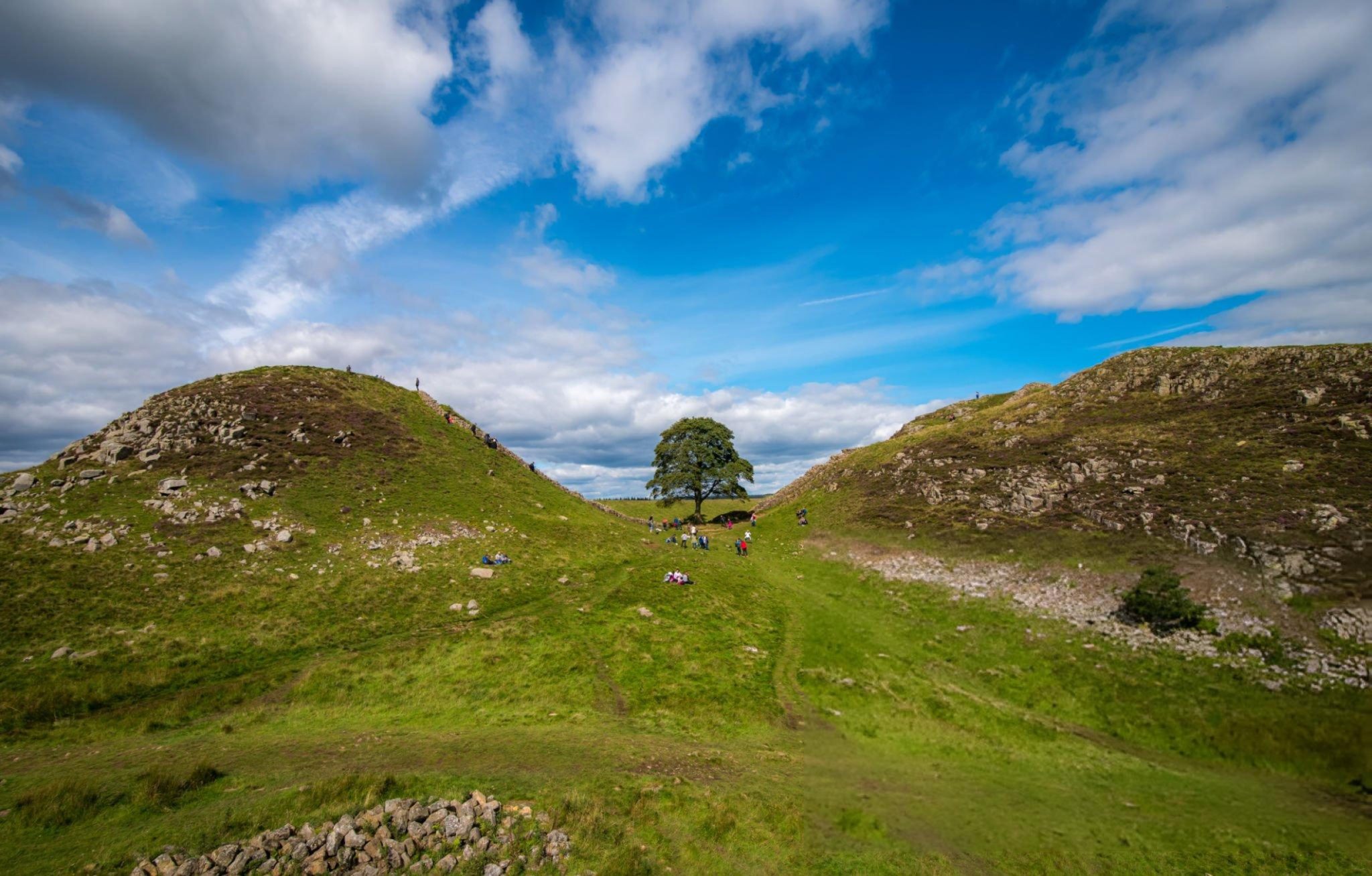The quiet destruction of nature has become almost routine across Britain — a downed tree here, a razed patch of green there. Most of it slips under the radar, unnoticed, unchallenged. But every so often, a tree falls that makes us stop. Makes us feel. Makes us furious.
London had its Sycamore Gap moment recently when the Whitewebbs Oak, a mighty, ancient tree believed to be between 300 and 500 years old, was hacked back to a stump in Whitewebbs Park, Enfield. It wasn’t just any tree — this oak, over six metres in girth, was a living monument, possibly one of the top 100 largest oaks in the capital. Its felling, carried out by site leaseholder Toby Carvery who later claimed the tree was dead, has left local residents reeling.
Even if the tree were dead — and that’s disputed — it provided critical habitat for hundreds of species. Veteran oaks like this one are ecological powerhouses, housing fungi, insects, birds and bats, long after their leaves fall. But this tree had no legal protection. Enfield Council, who own the land, opted not to place a Tree Preservation Order (TPO) on it, citing no imminent threat.
This decision — or lack of one — reveals the bizarre, broken logic behind the UK’s tree protection system. Under current rules, councils can issue TPOs if a tree offers “amenity value” — usually judged by how nice it looks or how visible it is to the public. The deep ecological, historical or cultural importance of a tree is rarely factored in. And unless the tree is under direct threat, it’s unlikely a TPO will be made. But by the time the threat becomes real, it’s often too late.
This is precisely what happened at Whitewebbs. A tree that should have been protected by its sheer age, size and environmental value was left vulnerable. And once felled, no law can un-fell it. The council has now placed a TPO on what remains — a painful, belated gesture.
This isn’t an isolated case either. All across London — and indeed the UK — trees are being lost in a creeping tide of urban development and council neglect. Take Whitewebbs Park itself: once a golf course, now a green haven in the process of natural regeneration. Rather than nurture this emerging ecosystem, Enfield Council wants to sell off part of the park to Tottenham Hotspur Football Club for a new training ground. The plan would flatten hundreds of trees and grassland. Tottenham, in a breathless bit of PR spin, claims this will improve local nature. You’d laugh, if it weren’t so tragic.
Time and again, it’s been left to local campaigners — like the Guardians of Whitewebbs — to protect what councils won’t. But they shouldn’t have to do it alone. We need real legal reform. At Lawyers for Nature, we’ve long argued that historic trees deserve the same status as listed buildings. After all, if a 400-year-old cottage can be preserved, why not a 400-year-old oak?
More radically, the UK should follow nations like New Zealand and Ecuador in enshrining Rights of Nature in law — recognising ecosystems as living entities with legal personhood. It’s not as far-fetched as it sounds. Rivers in New Zealand already have this protection. Why not ancient woodland here?
We are at a crossroads. If we want to prevent more Whitewebbs moments — more loss, more grief, more regret — we need a shift in thinking. Trees aren’t obstacles to progress. They are progress. Protecting them protects us.
Because once they’re gone, they’re gone forever.






